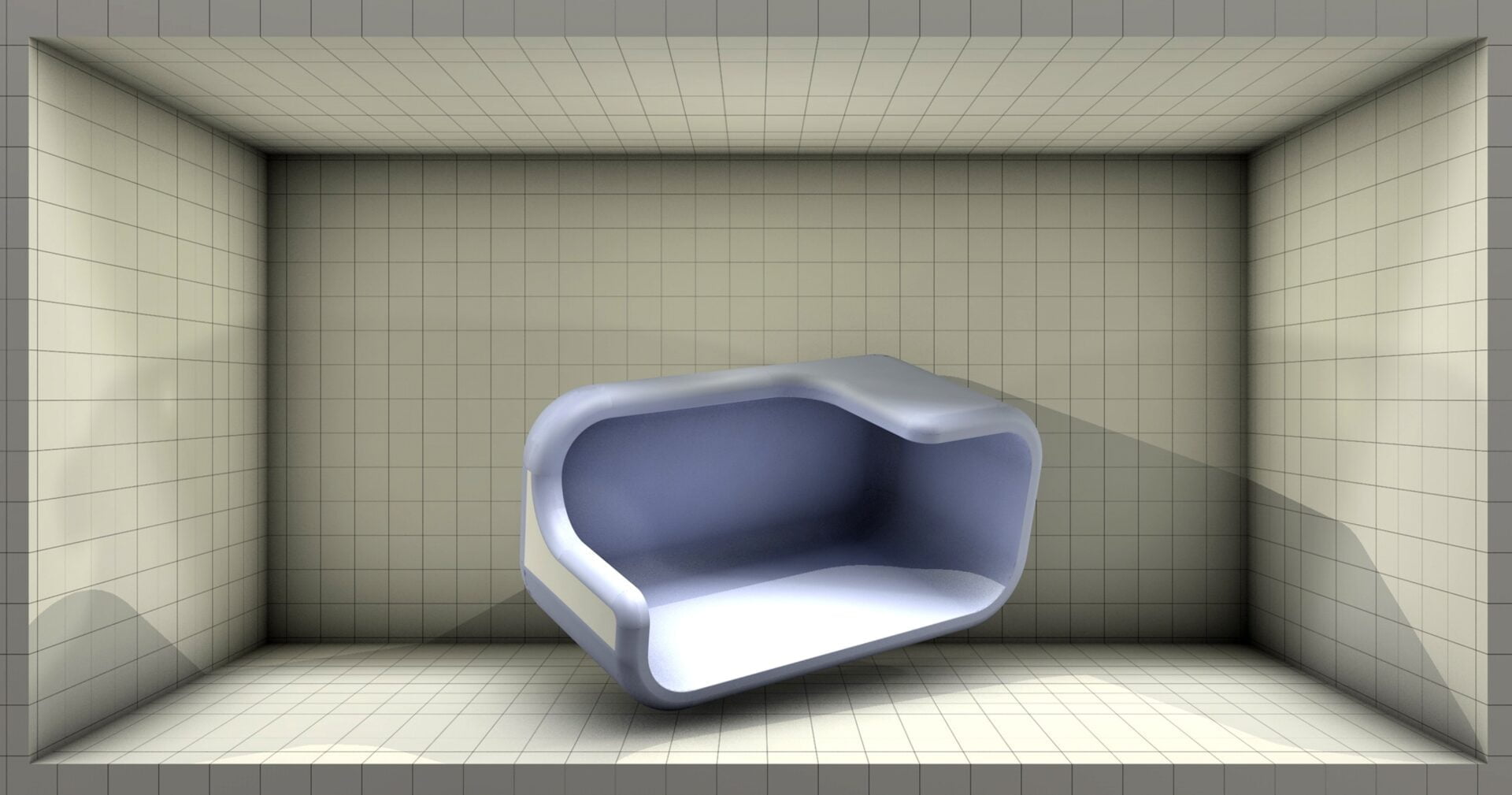5 Industries Utilizing 3D Printing to Change the Game
by Mashum Mollah Technology Published on: 31 July 2018 Last Updated on: 16 July 2024

Modernized technological advances have led to the creation of cutting-edge concepts. One of the revolutionary ideas and technological advances that have changed industries work today is 3-Dimensional (3D) printing. 3-D printing, an idea conceptualized in the 1980’s is today used in virtually every imaginable field, ranging from the manufacturing industry to the food and medical industries.
Medical applications of 3D printing :
3D printing is currently widely applied in the medical field in various ways. The concept behind its application for medical solutions is encased in the need for reconstruction of human body parts and supplements. Working with medical professionals, 3D printing experts and systems can replicate, with a micrometer of accuracy, every conceivable part of the body for surgical replacement purposes. Ranging from macro-medical products such as bones to micro-structures such as ligaments, medical 3D printers work with high precision as required in the medical field.
One of the arms of medical 3D printers includes medical devices such as hearing aids that can perfectly fit one’s anatomical structure. The process of developing 3D anatomical devices starts with the mapping of the body’s structure to determine the virtual space in which the device should fit. After that, the virtualized structure of the device is then transformed into physical hardware using highly purified plastic resin material. One of the modern-day success stories of the medical uses of 3D technology is Project Daniel where a 14-year old amputee from South Sudan, Daniel Omar, was able to receive prosthetic arms designed and made from 3D printing technology. The prosthetics implied that the boy could resume using his arms for basic functions. This concept has also been used for other medical products such as anatomical support structures, special tissue, prosthetic body parts, and medical implants.
Architectural uses of 3D printing :
The use of 3D printing technology in the architectural field revolves around the transformation of architectural softcopy structures of buildings to tangible micro-structures. The process uses plastic resin material which is laid methodically following the anatomy of the softcopy structures. The high precision process replicates every part of the building, therefore giving engineers a chance to visualize their design before embarking on the actual construction process. The 3D designs can be adjusted to the scale required. With the printouts, engineers can also make adjustments on various parts to achieve the technical specifications demanded.
Use of 3D printing in mechanical design :
3D printing is also used in the process of design, development, and fine-tuning of mechanical parts. The complex process of designing and machining-out parts of equipment can be daunting but achievable with the cheaper and flexible 3D printing technology. With functionalities such as topology optimization, 3D printers can make multiple prototypes with necessary adjustments on various features of the parts designed. Numerous modifications can be made to achieve a compromise on material weight, strength, or cost of material. Such adjustments allow for trial and error before the actual final flawless design can be agreed upon.
Social-cultural applications of 3D printing :
3D printing is also applicable in the social-cultural field in unprecedented ways. Using similar resin-layering process, it is possible to design and ‘print out’ statues with varying scales ranging from small models to life-size structures. The enhancement of the technology to use inks made of high tensile steel and carbon implies that it is even possible to create sculptures and actual products such as ornaments, rings, jewelry, and other special creations using 3D printing technology.
Manufacturing industry applications of 3D printing :
The manufacturing industry is perhaps one of the key beneficiaries of the 3D printing concept. Manufacturing processes that require designing and improvement of parts use 3D printers to achieve faster product development. The ability of 3D printers to print out multiple parts of desired products ensures that manufacturers can achieve their targets in no meantime. It also makes the idea of mass customization of products a reality. Industrial-scale 3D printers are normally massive and require chillers to the reduce temperatures of the ink resin as much as possible to achieve optimal bonding in the layering process to produce the final product.
Read Also :







































































































